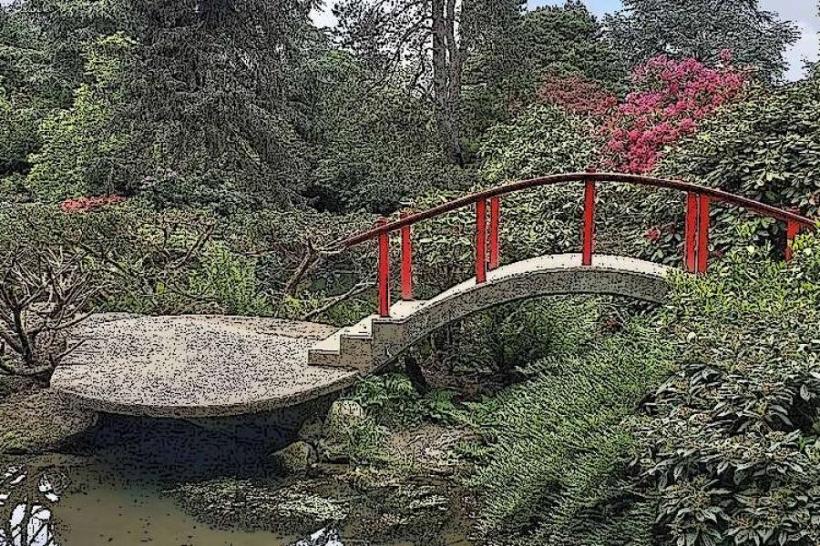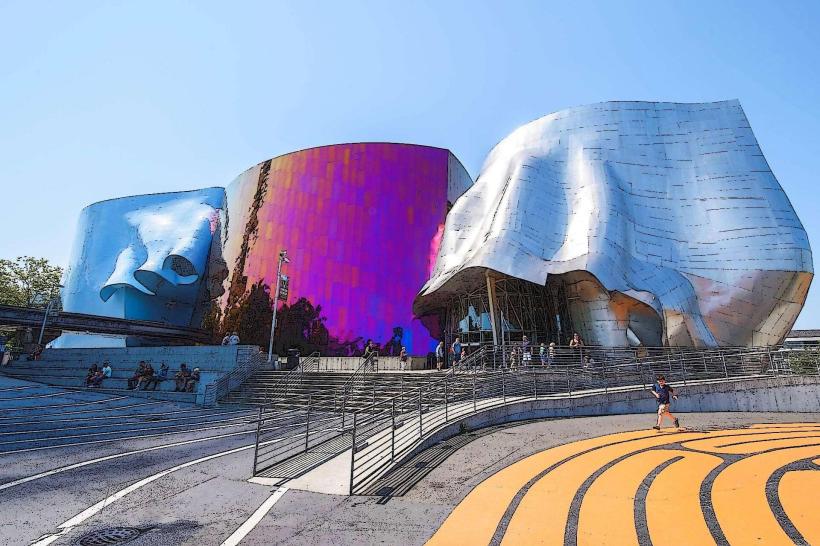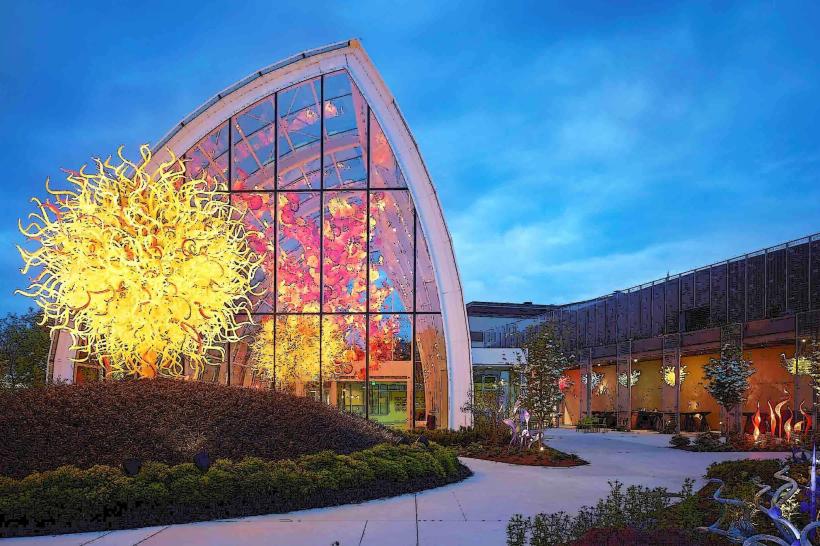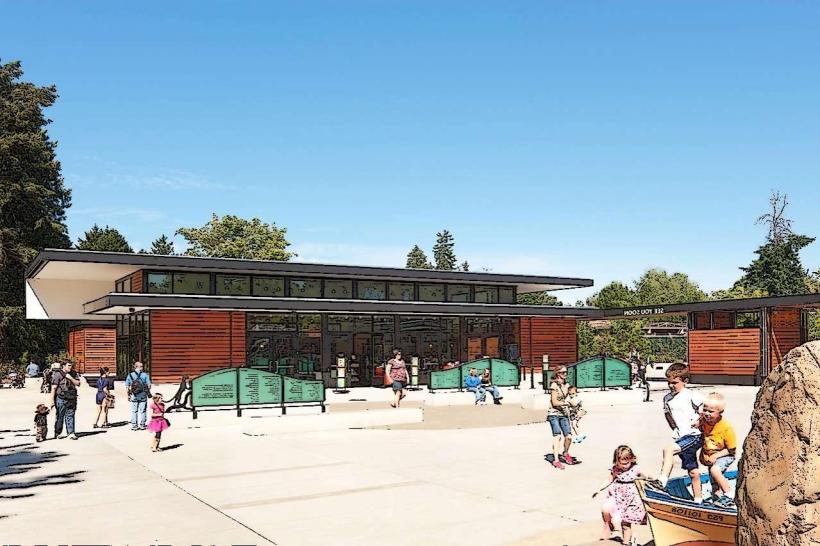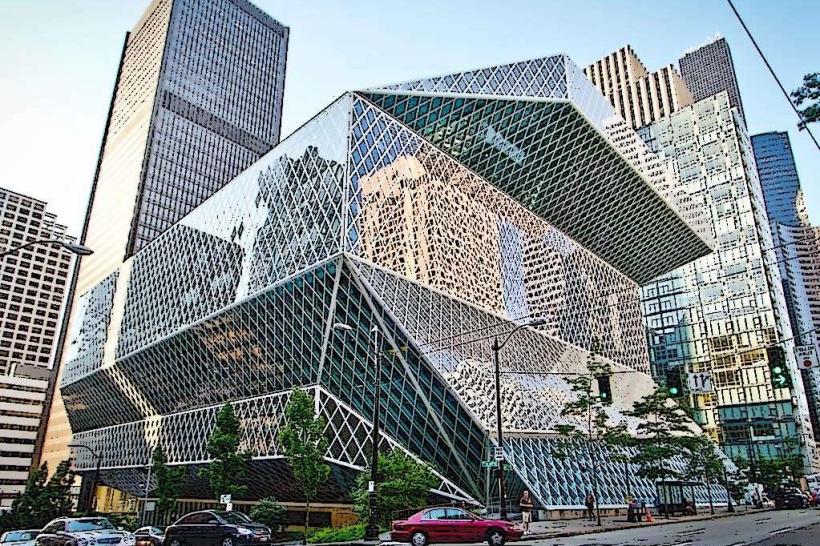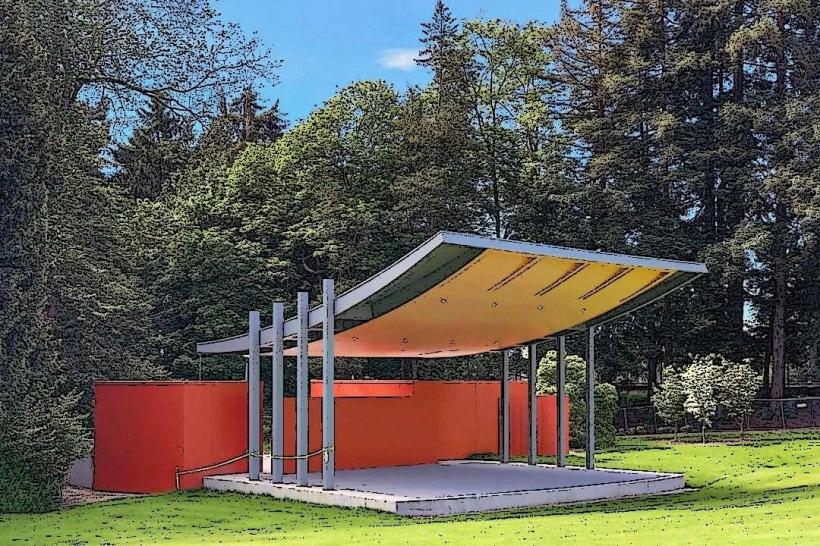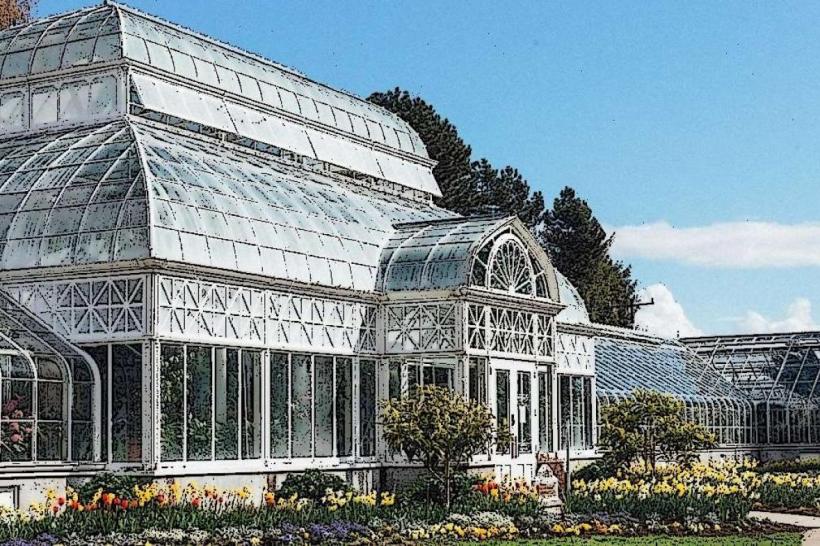Information
Landmark: Seattle Japanese GardenCity: Seattle
Country: USA Washington
Continent: North America
Seattle Japanese Garden, Seattle, USA Washington, North America
Overview
Tucked inside Seattle’s vast Washington Park Arboretum, the Seattle Japanese Garden blends quiet ponds, stone paths, and artfully pruned maples into a peaceful escape right in the city’s heart, besides celebrated for its elegant design, the gentle harmony of stone and water, and its deep cultural roots, this garden stands among the most authentic examples of Japanese artistry in America.The Seattle Japanese Garden opened in 1960, the result of a collaboration between the City of Seattle, the University of Washington, and the local Japanese American community, who envisioned its quiet paths and graceful maples decades earlier, in turn seattle built it as a gift of friendship and a bridge between cultures, linking the city to Kobe, Japan-its sister city-like a hand stretched across the sea.Juki Iida, a master Japanese gardener steeped in classical landscaping traditions, guided the design with a careful hand, making sure every stone and pine branch stayed true to time‑honored principles, consequently for decades, the garden’s been tended with care, its original vision intact even as it’s grown to suit Seattle’s damp, mossy climate.Not surprisingly, It’s both a botanical gem and a cultural touchstone, capturing Japan’s love for graceful lines and quiet, deliberate design, subsequently covering about 3.5 acres, the garden blends the essentials of traditional Japanese design-harmony, balance, and natural beauty-where a curved stone path leads past still water and whispering pines.The garden’s layout follows the “stroll garden” style (kaiyū-shiki teien), inviting visitors to wander its winding paths and pause for carefully framed views-a maple branch here, a glimpse of water there-that shift with every turn, also at the heart of the garden lies a quiet pond, its surface catching flashes of sunlight, a symbol of purity and life.To be honest, Koi glide through the pond, while rocks and minute waterfalls, set with care, send out a soft murmur that deepens the calm, also stone lanterns, or tōrō, stand among the trees, while arched wooden bridges sweep gracefully over the water, joining practicality with quiet meaning.These elements draw the eye and invite quiet, attentive reflection, like pausing to watch sunlight ripple across water, alternatively the garden bursts with native Japanese plants-azaleas, maples, camellias, rhododendrons-and shifts with the seasons, from pale pink cherry blossoms in spring to fiery red leaves in autumn.Each plant is chosen with care to mirror the shifting seasons, from spring’s first green shoots to autumn’s fading gold, creating a quiet beauty that lingers all year, what’s more tea Garden: A cozy corner with moss-lined stone basins and winding paths invites visitors to experience the art of tea ceremonies and feel the quiet reverence at the heart of Japanese tradition.Viewing Pavilion: This compact shelter invites you to stop for a moment, listen to the rustle of leaves, and soak in the garden’s calm-a location often chosen for meditation or quiet thought, besides the Seattle Japanese Garden isn’t just a peaceful landscape of koi ponds and maple trees-it’s also a vibrant hub for cultural learning.They hold tea ceremonies, lively festivals, calligraphy workshops, and hands-on classes-all designed to share the sights, sounds, and spirit of Japanese culture, also community groups, cultural experts, and volunteers often run these programs, sparking lively cross‑cultural conversations and adding contemporary colors to Seattle’s already vibrant cultural scene, in a sense It appears, Visitors step through a traditional wooden gate, its weathered beams smelling faintly of cedar, and feel the calm settle in before they’ve gone another pace, what’s more the garden’s winding paths make for an easy stroll, with benches tucked in the shade and viewpoints that beckon you to stop and take in the rustle of leaves and sweeping views, in some ways As far as I can tell, The garden stays open all year, shifting with the seasons-pink cherry blossoms drift in spring, summer bursts with green leaves and radiant hydrangeas, autumn glows with crimson maples, and winter rests under a quiet layer of snow, in conjunction with entry’s affordable, and you can join a guided tour to soak up the garden’s history, its design quirks, and the rich cultural backdrop-like the faint scent of jasmine drifting through the paths.To keep the garden true to its character and thriving, you need steady horticultural care-expert pruning, seasonal planting, and mindful water use, right down to watching how morning dew clings to each leaf, after that seattle Parks and Recreation cares for the garden alongside community groups, volunteers, and Japanese cultural organizations, all united in keeping its maple-lined paths and quiet ponds intact.The Seattle Japanese Garden is a quiet sanctuary where maple leaves drift onto winding paths, blending natural beauty with traditional design and a touch of cultural learning, equally important its hand‑tended gardens draw you in, urging you to pause, breathe, and feel the quiet pulse of nature woven with Japanese tradition.Woven into Seattle’s cultural and natural landscape, it draws locals and visitors alike into a rare kind of calm-one moment you’re surrounded by city noise, the next you’re breathing in cedar-scented air and finding quiet beauty.
Author: Tourist Landmarks
Date: 2025-10-05

